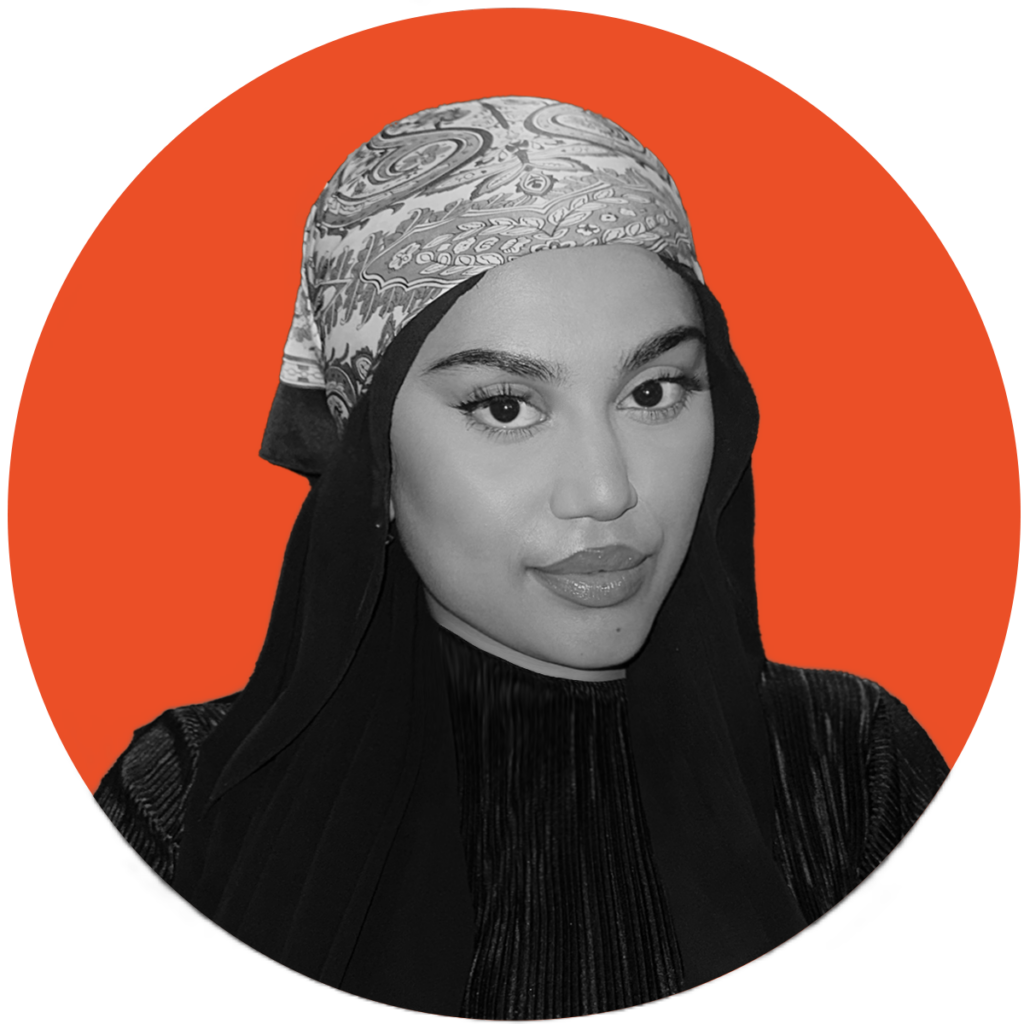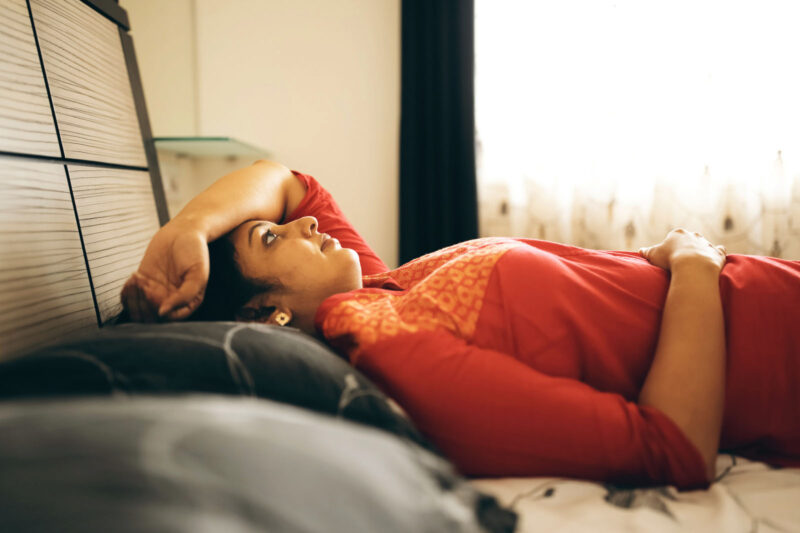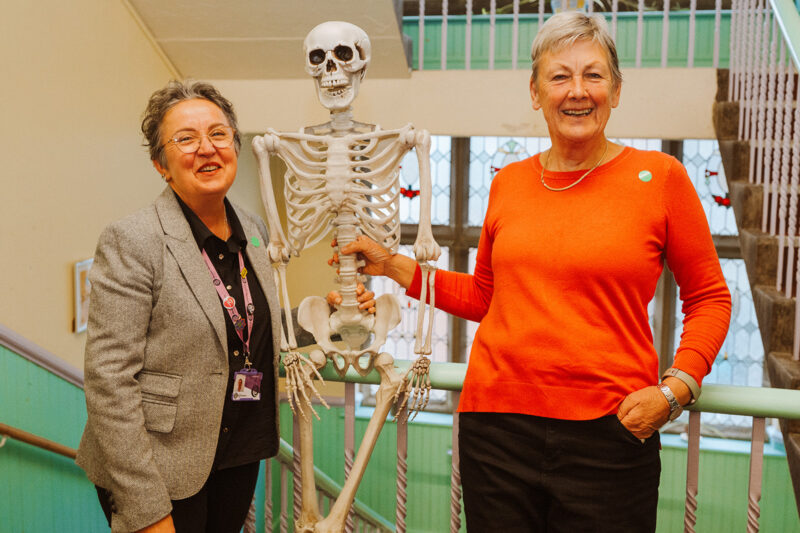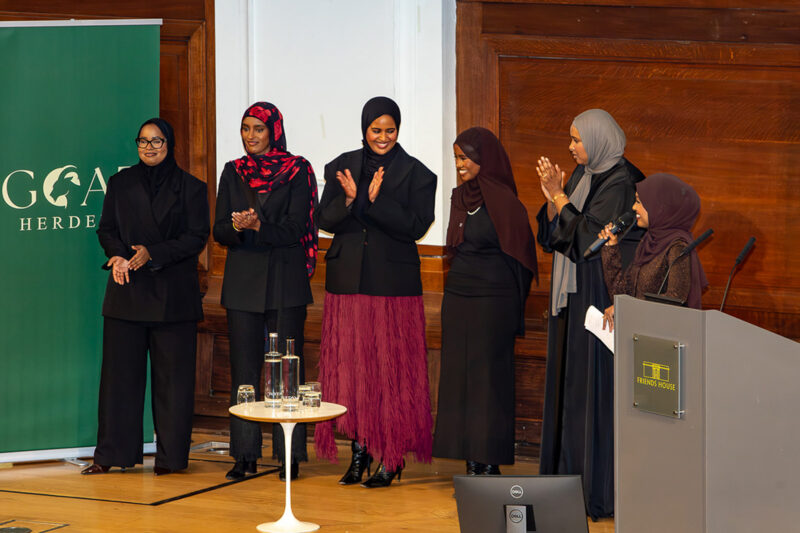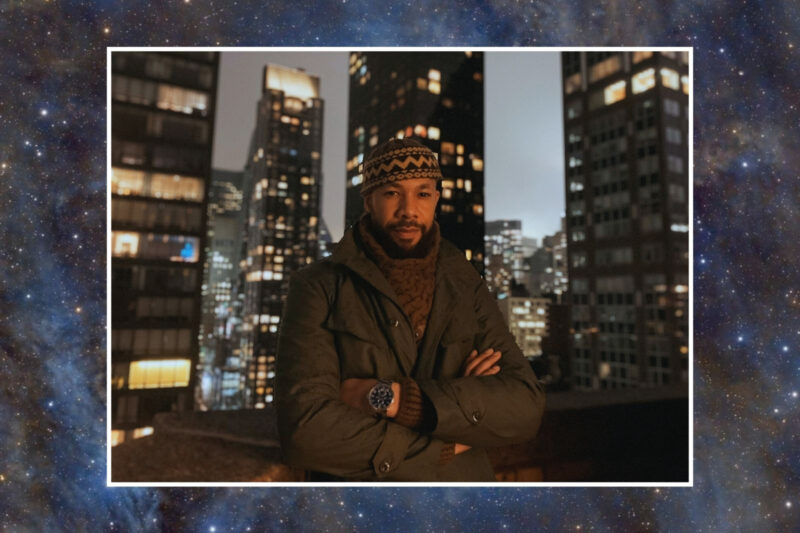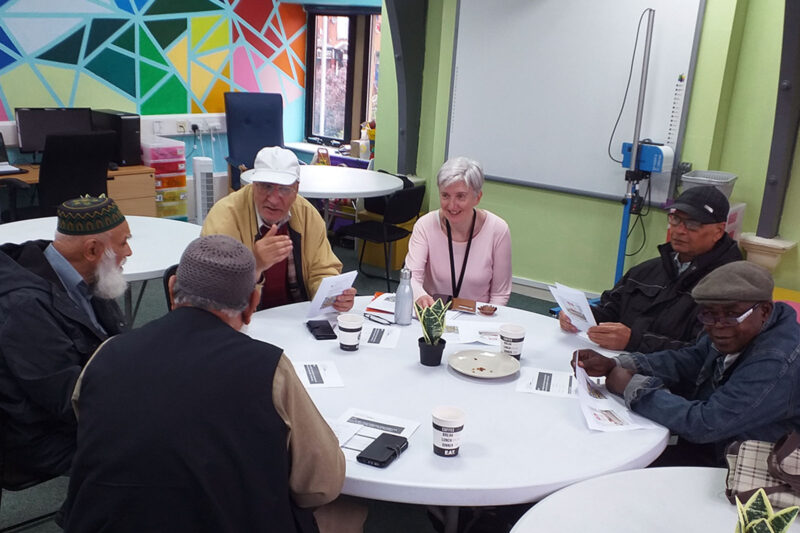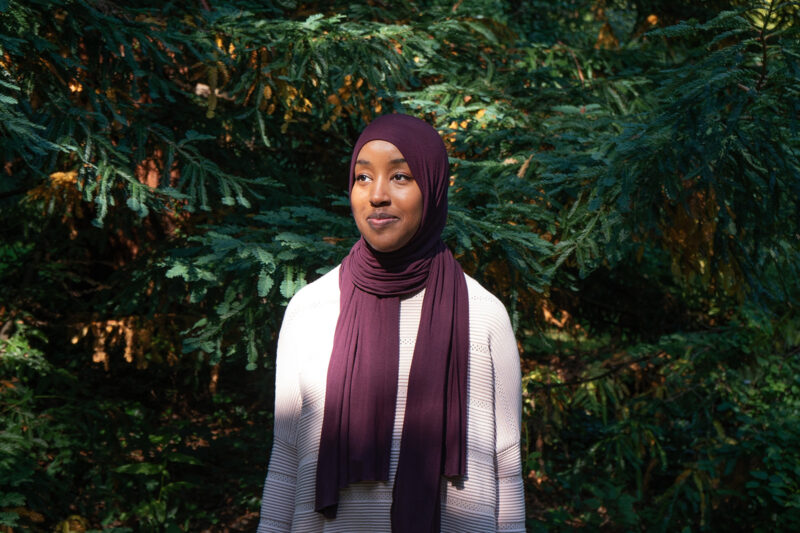‘We often forget that women have always been involved in science’
Hyphen sits down with four women working across science and engineering to talk about the barriers still facing them today
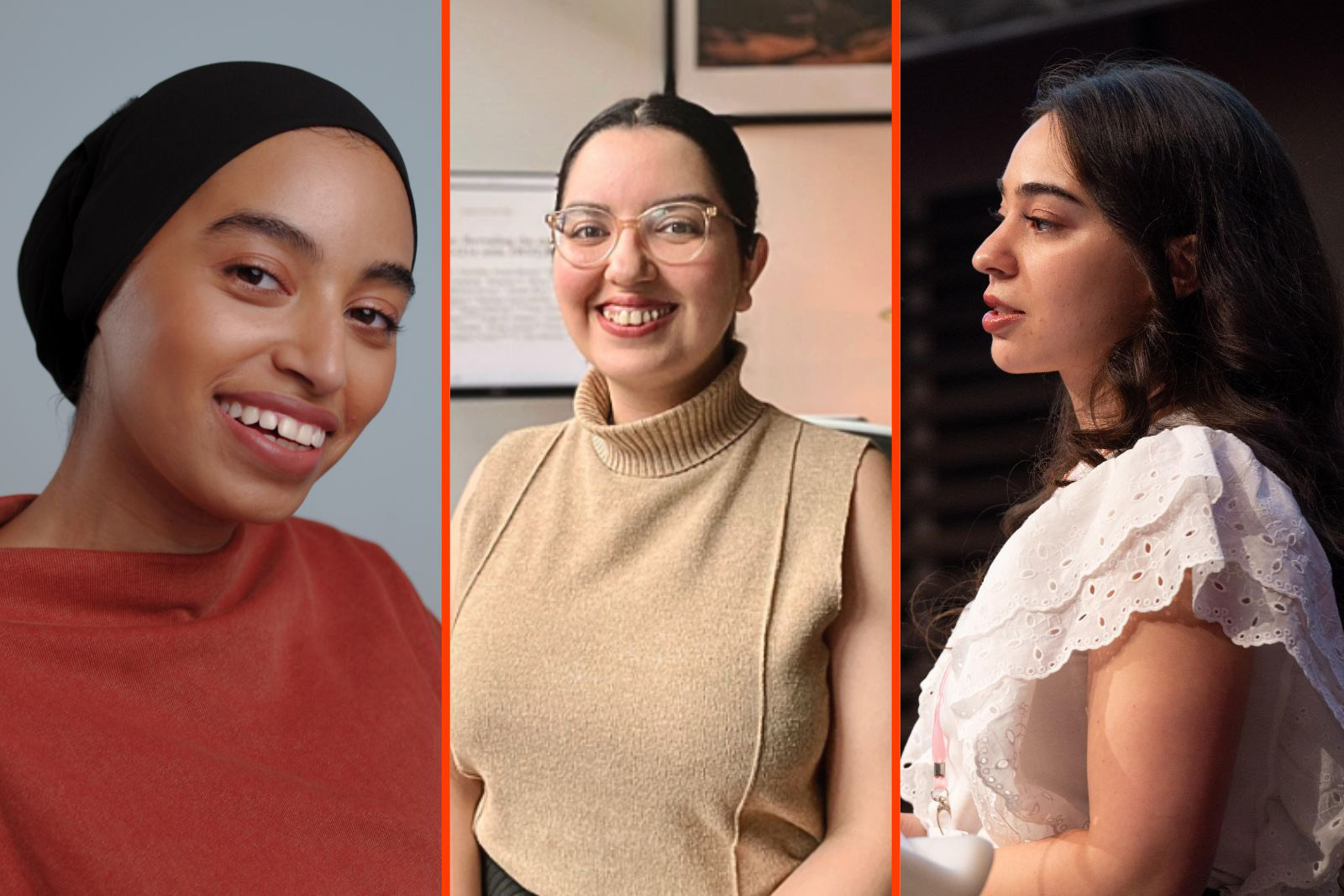
As a child, Bana Shriky recalls being fascinated by jelly: eating it, playing with it, experimenting with any gel-like substance she could get her hands on. Her obsession drove her to a career studying things that jiggle and wiggle.
Shirky, 26, is originally from Syria and now works as a post-doctoral researcher in the Faculty of Engineering & Digital Technologies at the University of Bradford. There, she looks into how the properties of soft, flexible materials change depending on their environment. “Call me a gel nerd,” she says.
Though Shriky has been able to dedicate her working life to her chosen field, it hasn’t always been easy. “Working in engineering, it’s noticeable that female numbers are still low, and the number of visible Muslim women like myself are even lower,” she tells Hyphen.
Women make up 26% of the UK’s science, technology, engineering, and mathematics (Stem) workforce, according to 2023 government census figures, an increase of 2% from 2019. But just 8% of those are women from minority backgrounds.
This Stem day — 8 November — Hyphen sits down with Shirky and three more Muslim women working in science and engineering to discuss their journeys and the barriers still facing women of colour.
Houda Haidar, 26, was born and raised in Morocco and moved to London at the age of 18 to study astronomy. Now studying for a PhD at the University of Newcastle, she specialises in supermassive black holes. Hania Tayara, 29, is a Palestinian-Syrian science communicator at the non-profit Native Scientists, whose work includes building science education programmes for refugees and asylum seekers across Europe. Fatumina Said Abukar is a Somali-Yemini stem-cell scientist who studies regenerative medicine.
The interviews have been edited for length and clarity.
Tell us how you got into your chosen fields
Bana Shriky: I grew up living in different countries across the Middle East, and I found comfort in my curiosity of how things work and why they behave a certain way. Trying to solve and unravel how the world around you actually works is like a big puzzle.
Houda Haidar: My dream was to become an astronaut and go into space, but I realised I didn’t have the physical stamina to do that. It was around the age of 13, as a child in Morocco, when I became fascinated by stars. I would look up at the moon and just sob — at the thought that there’s so much out there we’re yet to discover. So I wanted to feed on that curiosity and what my purpose on this planet is. I also love the contradiction that supermassive black holes are the darkest objects in the universe, yet the brightest.
Hania Tayara: I am fascinated by the complex relationship between science and society. Recognising the struggles of refugees and asylum seekers to rebuild their lives, I decided to organise science workshops in Arabic for my community, to bring them opportunities they may not have had.
Fatumina Said Abukar: I used to think that doctors had the answers to everything, but I realised they didn’t when I was 16 and my mum fell terminally ill. That devastating experience led me to want to find answers, to study the heart so I can have a positive impact on people’s lives, like my mother’s. It shaped my path to becoming an engineering scientist.
You were all able to turn your passions into careers. Growing up, did you feel encouraged to pursue science?
Tayara: Despite feeling a huge connection to science, I didn’t feel like I belonged. After I finished my degree and MSc in the UK, where I was surrounded by scientists who didn’t look like me or share a similar background, I knew I didn’t want other people in my community, who are extremely marginalised in this country, to feel this way.
Haidar: It’s another story in Morocco, where there’s a huge movement in pushing women into science. We hold one of the largest women graduation rates — more than 40% — in the field of engineering in the world, which I love. I went to a mixed school but the majority of my classmates in the science classes were girls and my teachers were also female, so I felt that I could definitely continue to be in science as a career option.
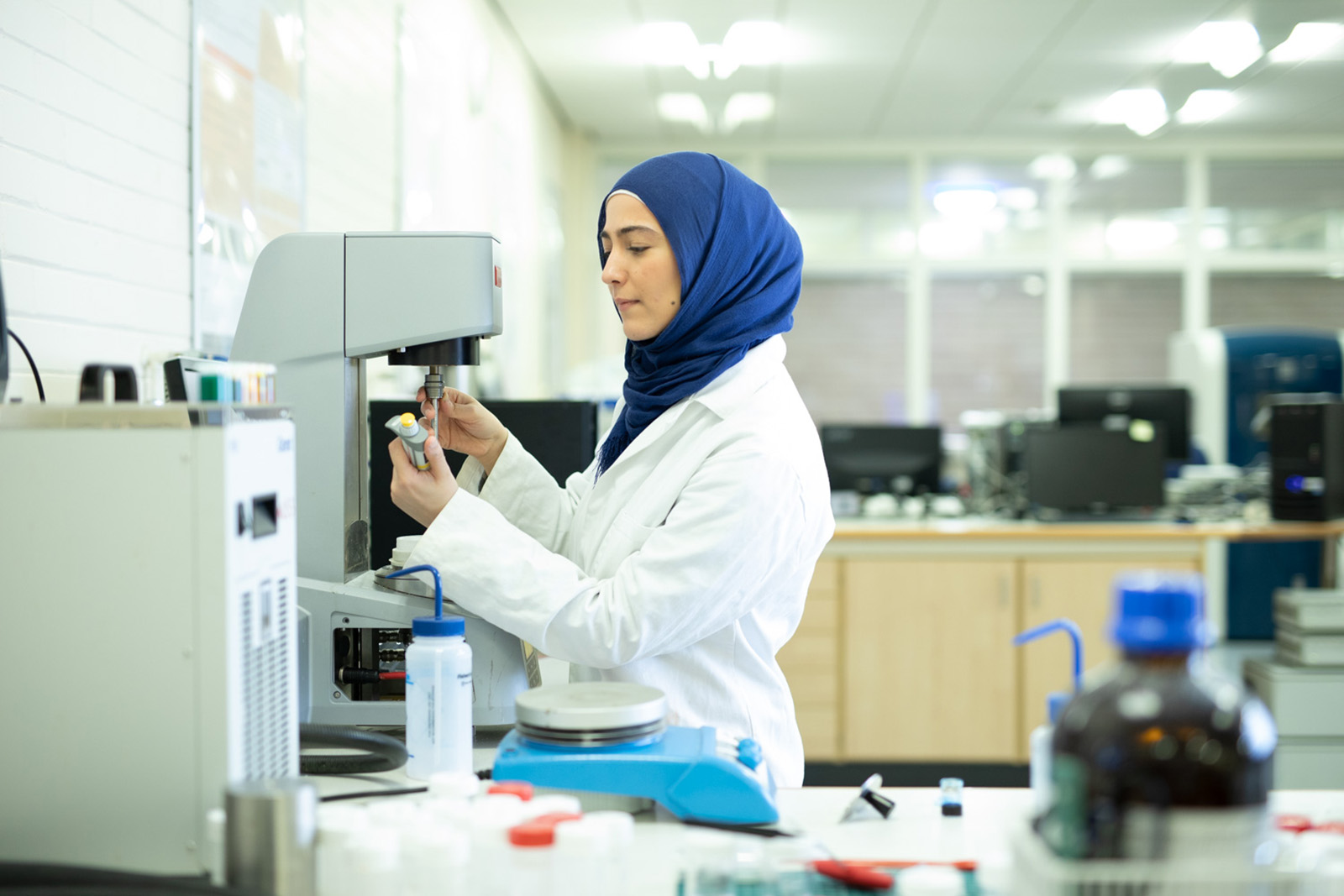
That’s a very different situation from the UK, where just 35% of girls pursue Stem subjects at GCSE. What kind of obstacles have you all faced over here?
Shriky: A lot of the field is still male-dominated and geared towards men. There was even a time when I was struggling to find lab gloves that would fit my hands. I ended up contacting the suppliers and asked if they had smaller sizes. They responded by saying they only carry them in sizes eight, nine and 10, which are huge. Something so basic, finding safety equipment to do my job, shouldn’t be discriminatory.
Tayara: As women, we face a lot of misogyny. Particularly as an Arab woman, I have seen there are two ways we are depicted in these spaces. Either we are asylum seekers coming here and we face overt racism, or are seen as victims. Alternatively, people make assumptions that we are very wealthy and are paying our way through the system and taking up spaces, as opposed to being talented scientists who have studied and earned our spot.
How have you dealt with that?
Tayara: I’ve seen myself needing to show my identity very quickly. I describe myself as the “digestible other” to people, because I’m not visibly Muslim — I don’t wear the hijab. So, when people are stereotyping Muslims in front of my face or I see undertones of racism, I make sure they know that whatever description they have in their head, I am that person.
There’s still a significant lack of representation, especially when it comes to women of colour, across these industries. What do you think contributes to this?
Haidar: We often forget that women have always been involved in science, especially Muslim women and the connection we have with the Qur’an and its revelations. One of the most fundamental scientific revelations in the Qur’an, for example, is how a baby is formed in the womb of its mother, now understood as embryology.
There are also important Muslim figures such as Fatima al-Fihri, founder of the world’s first university in Fez, and Maryam al-Asturlabi, a renowned astronomer, who are early examples of women engaged in scientific exploration.
However, societal and political factors, such as cultural expectations of women being homemakers and childbearers, have become the greatest challenges for Muslim women today. There needs to be a shift in these expectations to better reflect our contributions and capabilities in the field of science.
Abukar: There is still a lot of gender discrimination, often due to the stereotype that the field is suited to men, or that women are seen as less capable. We need to shine a light on these issues and create inclusive environments that welcome voices from all backgrounds. The only way to effectively advance innovation and research is through collaborating with women of colour across disciplines.
 Newsletter
Newsletter

